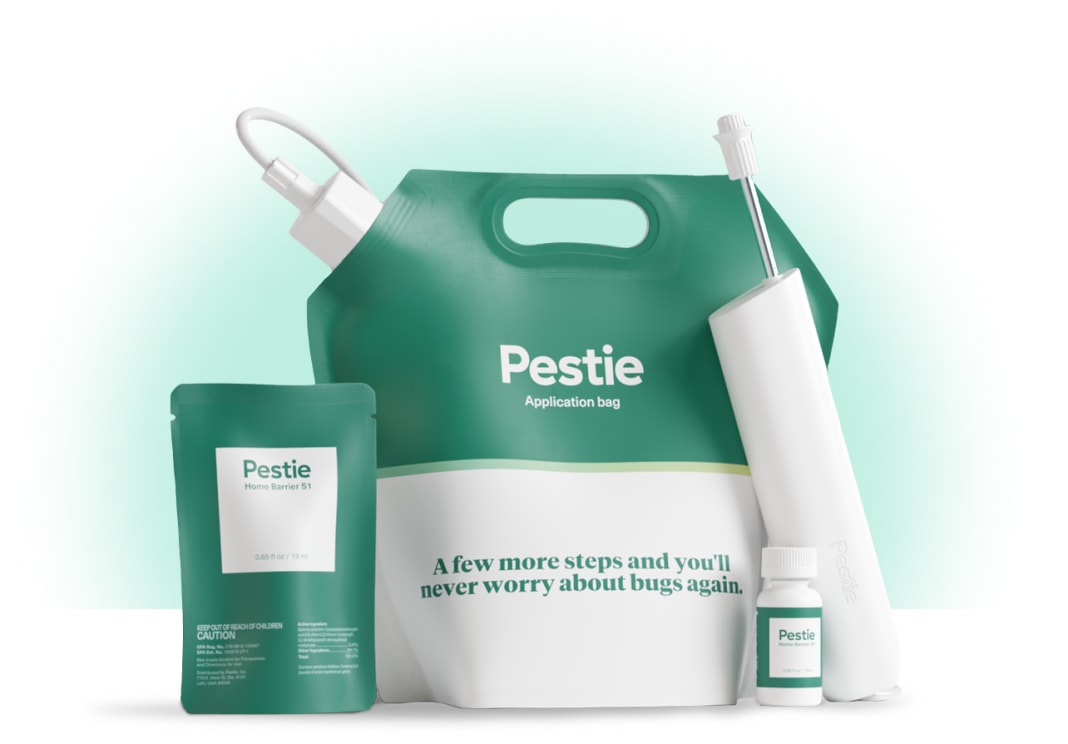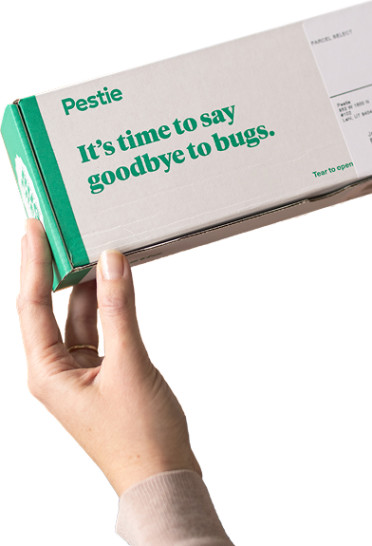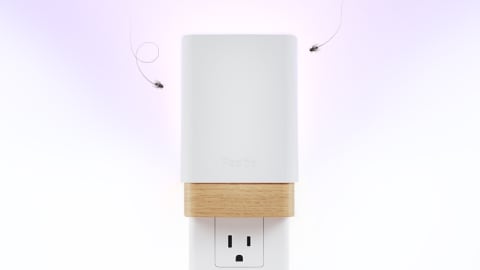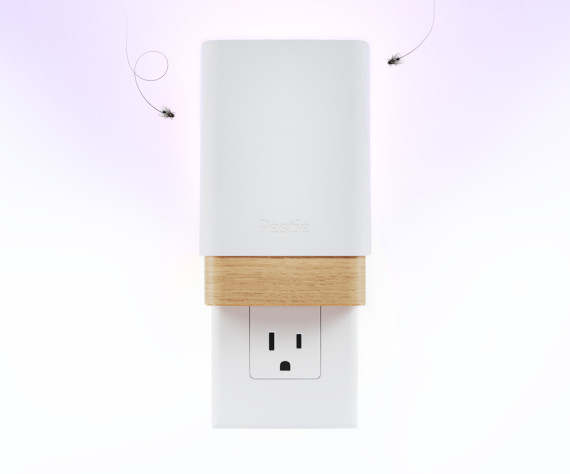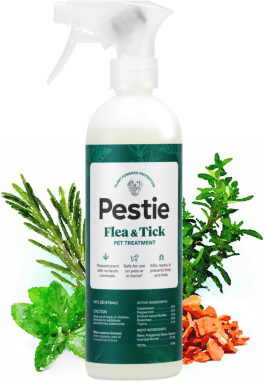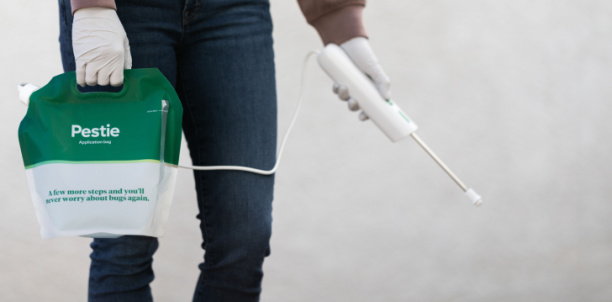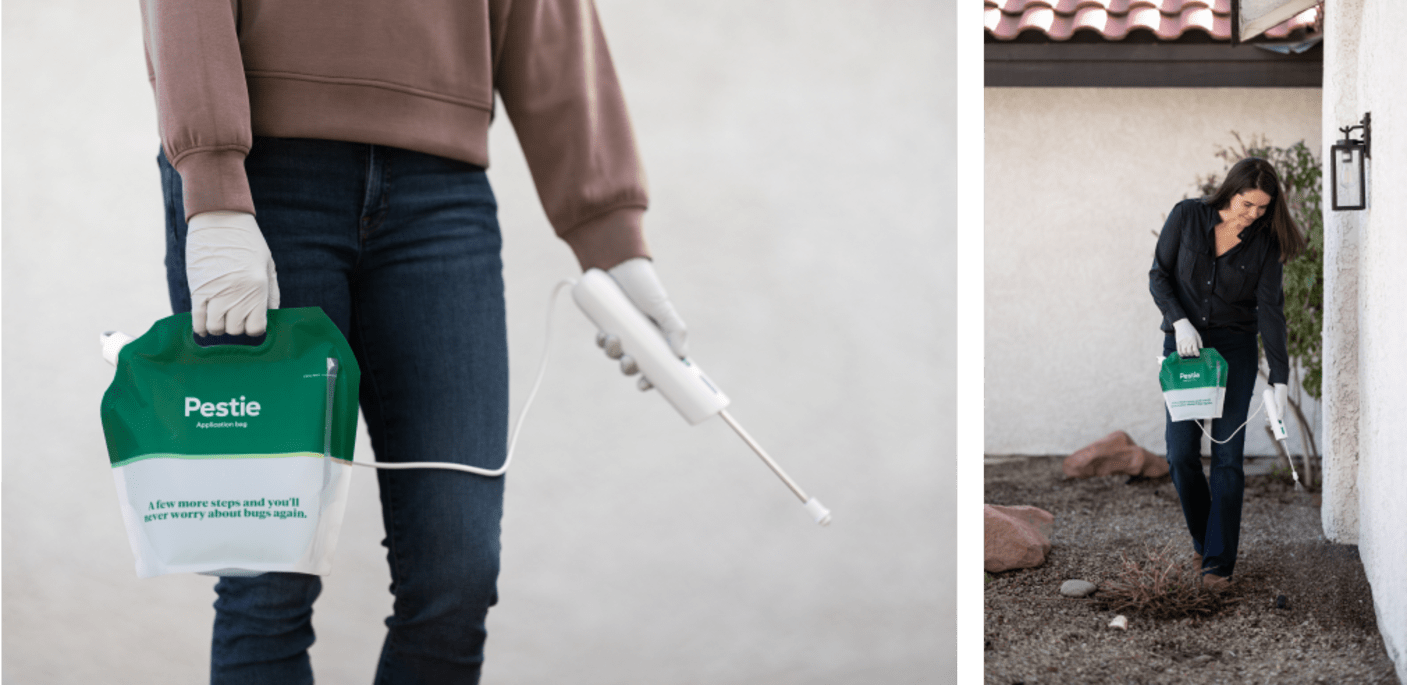How to identify and get rid of green bottle fly
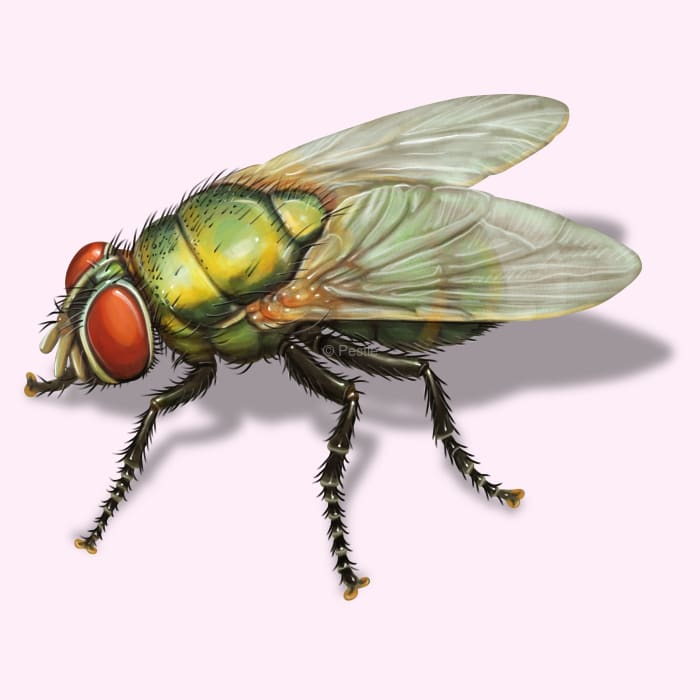
Preventing the green bottle fly from invading your home
Have you ever seen large green flies buzzing around a dumpster or trash can? These flies are the epitome of filthy and trash! Unfortunately, these gross flies can often make it inside our homes, flying around uninvited.
Green bottle flies might look pretty with their metallic green bodies, but they’re often a sign that something nearby is decaying. They are a part of the blowfly family of flies, and they specialize on eating rotten meat, food, carcasses, and feces. Let’s just say that nobody would want a green bottle fly landing on them if they knew all the places they have been.
However, despite the dirty environment they tend to hang out on, green bottle flies are important decomposers that help break down organic matter. Eggs are typically laid on something rotten, usually meat or a carcass, and the maggots quickly get to work. In just a few weeks, they develop into adult flies, ready to start the cycle again.
How to identify green bottle flies
Common green bottle flies are easily identified by their shiny, metallic green bodies and bright red eyes. They’re also known for their loud, buzzing flight. You’ll often find them near garbage, compost, or any decaying organic matter, as that’s where they prefer to lay their eggs. If you notice an increase in these green, buzzing flies around your home, especially near trash bins or decaying food, you’ll want to take action quickly.
How big are green bottle flies?
Green bottle flies typically range from 1/4 to 1/2 inch in length.
Where do green bottle flies live?
These flies are everywhere. They are widespread across the United States, thriving in both urban and rural areas wherever there is trash or rotten stuff.
How to get rid of green bottle flies
Getting rid of green bottle flies doesn’t have to be that difficult. There are a few things you can do to make sure green bottle flies don’t bother you or your family again.
- Eliminate food sources: Green bottle flies are attracted to rotten garbage. Seal up any trash bins, manage your compost piles properly, and clean up any food waste around your home to keep them away.
- Remove breeding sites: Look for any decaying organic matter around your home, such as dead animals or rotting vegetation.
- Seal entry points: Ensure that windows, doors, and any potential entry points are sealed to prevent flies from getting inside.
- Perimeter Spray: Use an insect barrier spray, like the pro-grade DIY solution Pestie offers, to keep flies out of your house. Get your customized pest control plan here.
Treat green bottle flies with Pestie
If you're still having trouble keeping green bottle flies away, the best option is to use a pro-grade, effective pest control solution like Pestie.
Pestie is a do-it-yourself pest control solution that's specially designed to keep green bottle flies and other pests away from your home.
With Pestie, you can rest easy knowing that your living space is protected and free of creepy crawlies. And the best part? It's designed for people, pets, and the planet, so you can say goodbye to harsh chemicals and hello to peace of mind!
- Save hundreds compared to traditional annual pest plans
- People, pet, and planet-friendly
- Pro-grade customized formulas
Quick facts
How dangerous are Green Bottle Flies?
Medium danger risk
While green bottle flies don’t bite, they can spread bacteria onto your food and surfaces, which can lead to potential health risks.
- Scientific name
Lucilia Sericata
- Other common names
Common Green Bottle Flies
- Colors
Metallic green
- Life span
2-4 weeks
- Diet
Rotten organic matter, dead animals, garbage
Male green bottle flies can recognize a potential mate by the light that is reflected off her body. He can tell if she is fertile by her wingbeats. In direct sunlight, each wingbeat creates a flash of light. Males can tell if a fly is a fertile female by the speed of these flashes—females flap their wings slower than young males or older flies.
